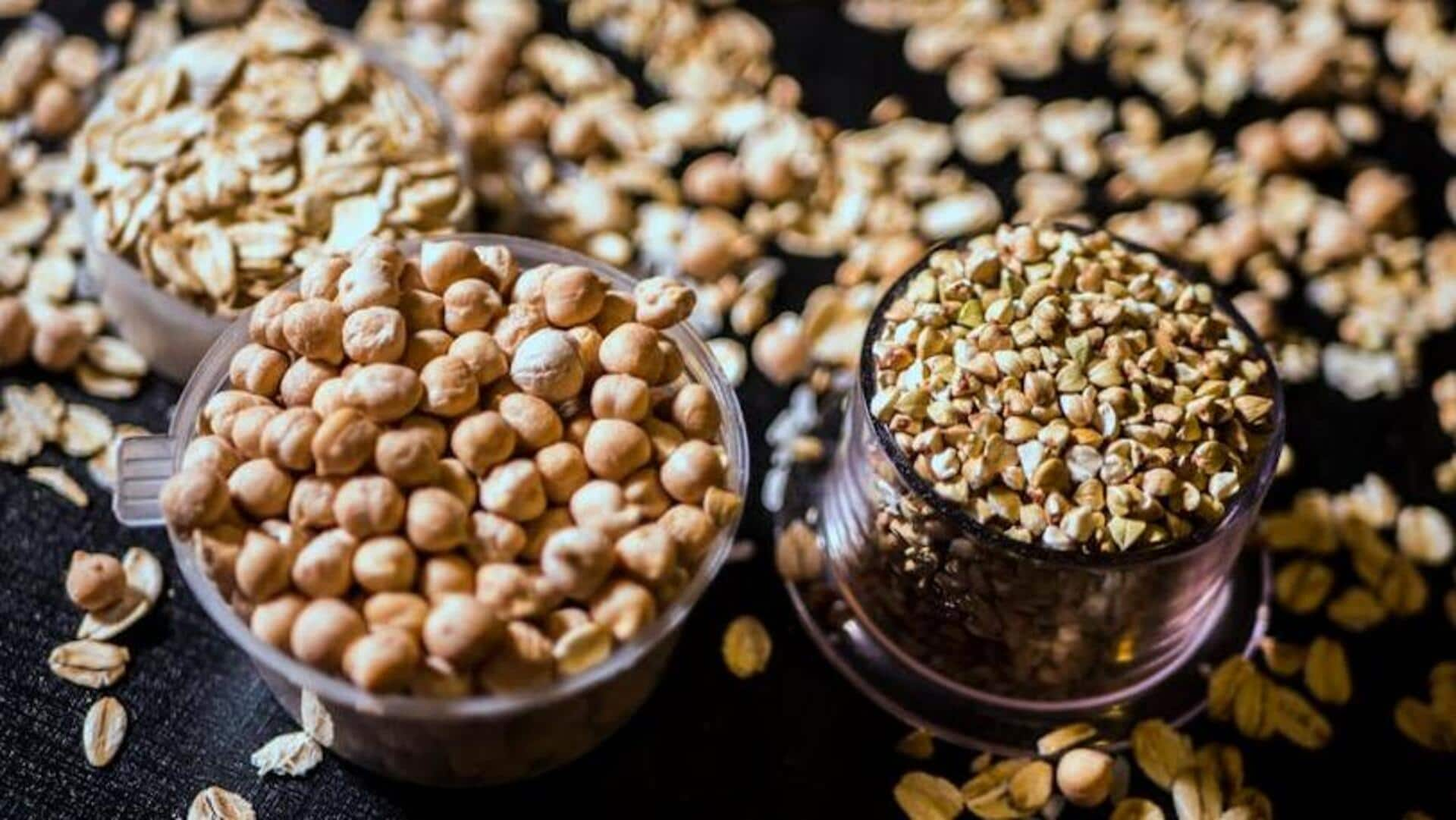
Buckwheat v/s teff: Which is more nutritious?
What's the story
Buckwheat and teff are two popular gluten-free grains that have piqued everyone's interest for their nutritional benefits. Both these grains boast of unique profiles, making them the ideal candidates for different dietary requirements. In this article, we will explore the nutritional aspects of buckwheat and teff, their health benefits, and how they stack up against each other.
Protein levels
Protein content in buckwheat and teff
Buckwheat comes packed with protein, having some 13% protein by weight. It is a complete protein source, containing all essential amino acids required by the body. Teff, on the other hand, provides a good amount of protein at around 13% but misses out on some essential amino acids that buckwheat provides. This makes buckwheat a slightly better pick for those looking for complete proteins from plant-based sources.
Fiber content
Fiber benefits of each grain
Both buckwheat and teff are packed with dietary fiber, which facilitates digestion and improves gut health. Buckwheat delivers roughly 10 grams of fiber per 100 grams serving, while teff has a little more to offer (approximately 11 grams for the same serving size). The high fiber content of both grains helps keep cholesterol in check and aids weight management through satiety.
Mineral content
Mineral richness: A comparative look
Teff is also notable for its stellar mineral profile. It contains an impressive amount of iron—about seven milligrams per cup cooked—along with good amounts of calcium and magnesium. Buckwheat comes as a close second with good amounts of magnesium, manganese, and copper, but less iron than teff. These minerals are essential for bone health, energy production, and overall well-being.
Vitamin levels
Vitamins present in both grains
Buckwheat is a great source of B vitamins such as niacin (B3) and riboflavin (B2) which are essential for the metabolism of energy. Teff also offers B vitamins, but is especially abundant in vitamin C when sprouted or fermented before eating. While both grains fulfill daily vitamin intake requirements differently, they pair well with each other when eaten together in meals.